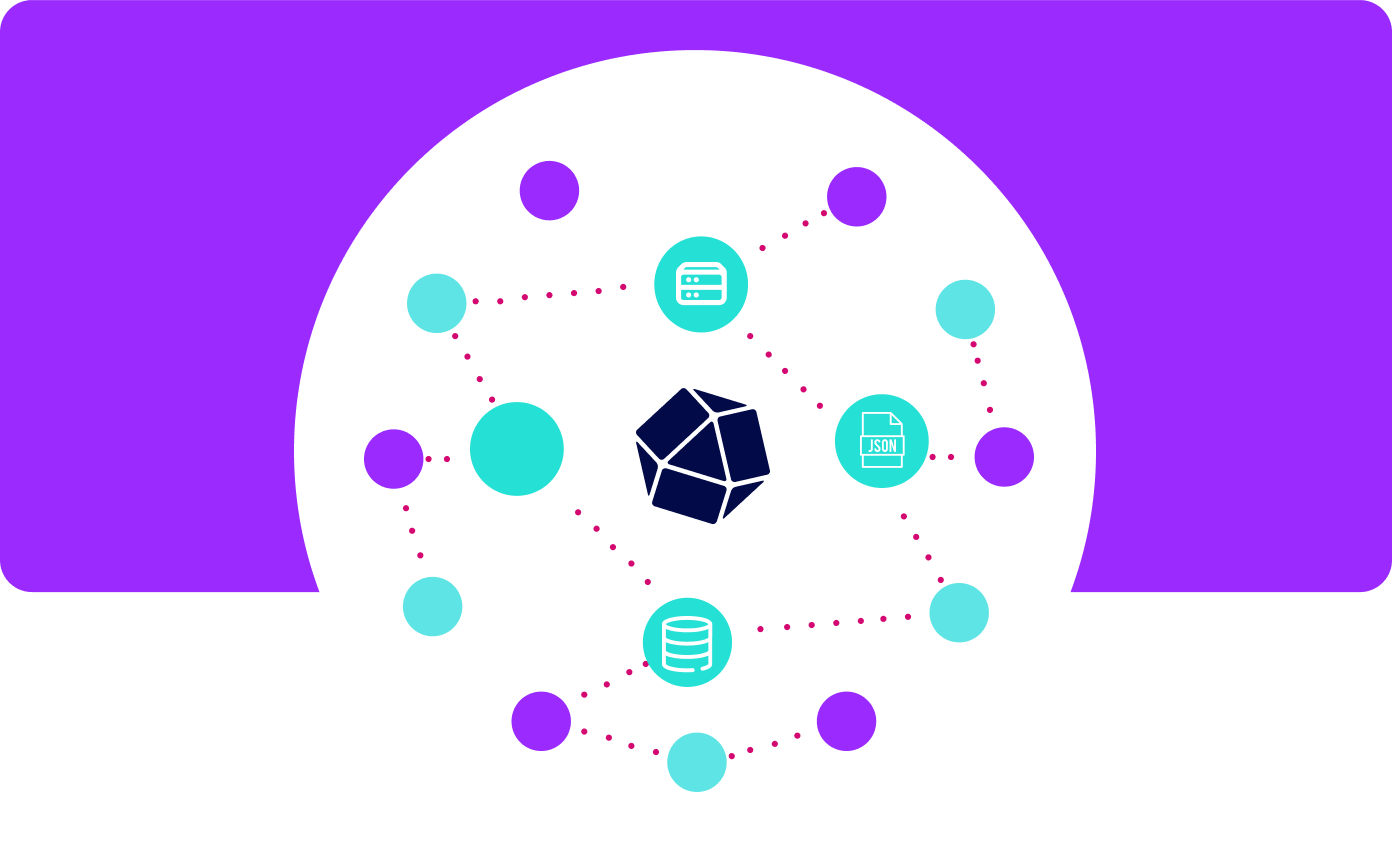

What is Flux?
Flux lang is a functional data scripting language designed for InfluxDB 2.x. Developers use Flux to query, process, write, analyze, and act on data from InfluxDB 2.x and many other sources like SQL Databases (Big Query, PostgreSQL, MS SQL Server), annotated CSVs, JSON, and Bigtable.
The purpose of Flux
Data from anywhere
InfluxDB supports querying, joining, and transforming time series, geo location and data from your SQL data sources to help you gain the insights you need in your applications.















